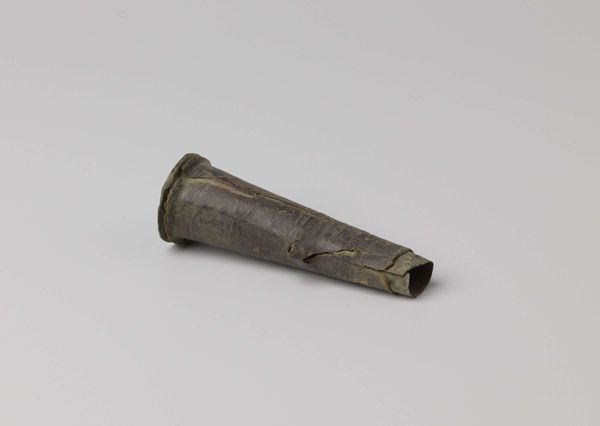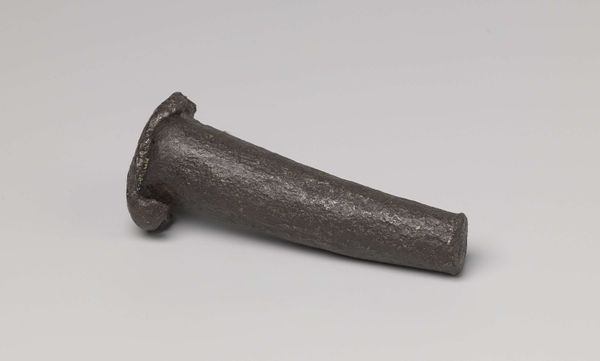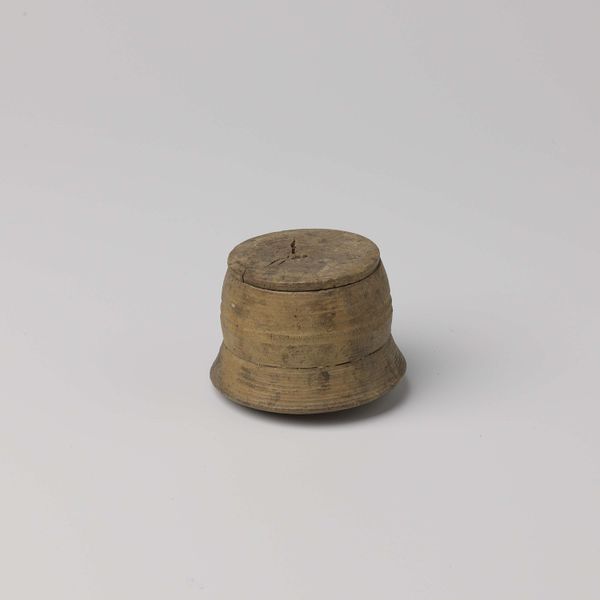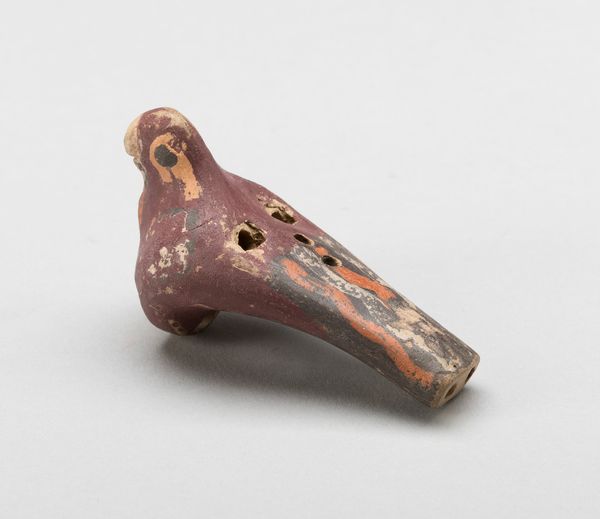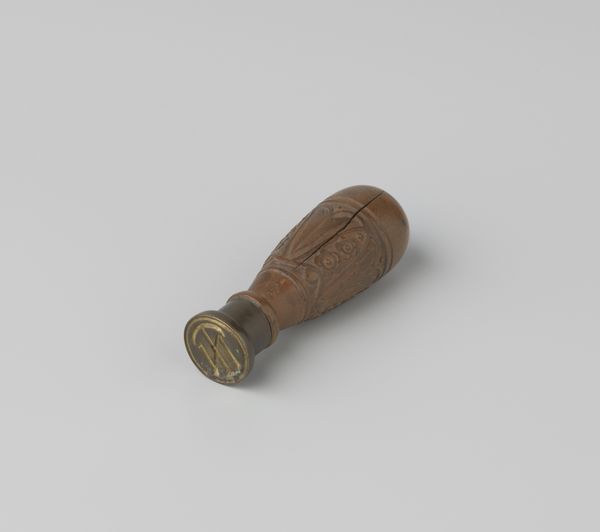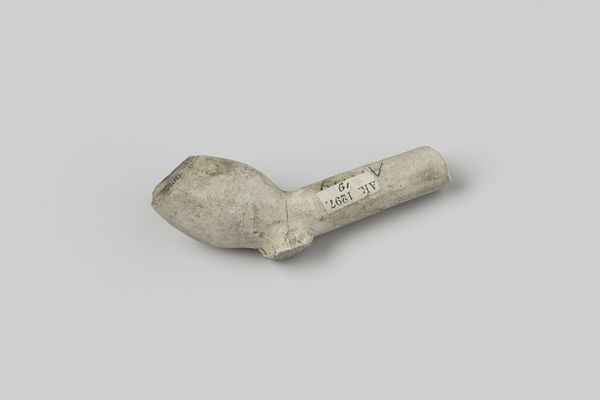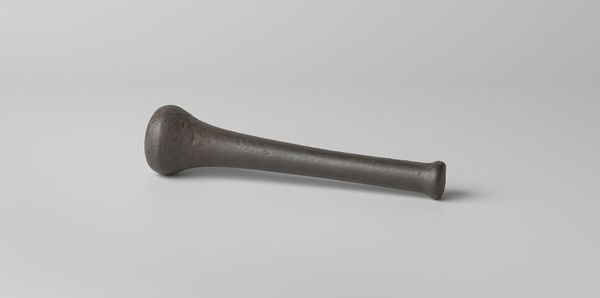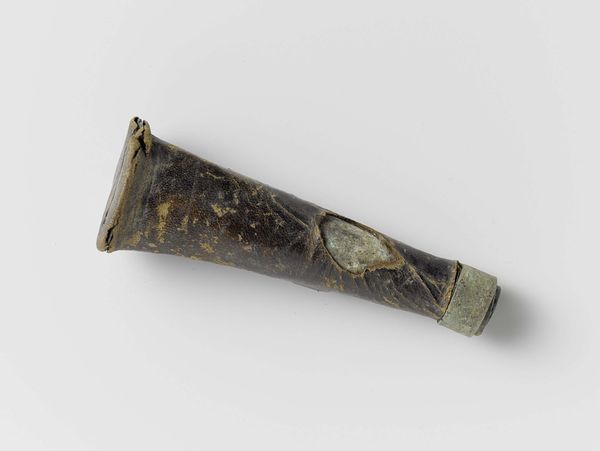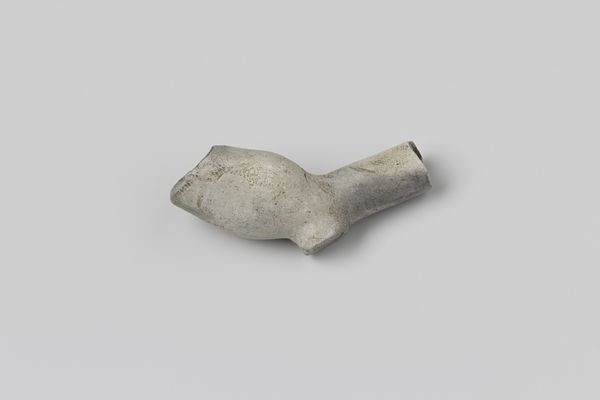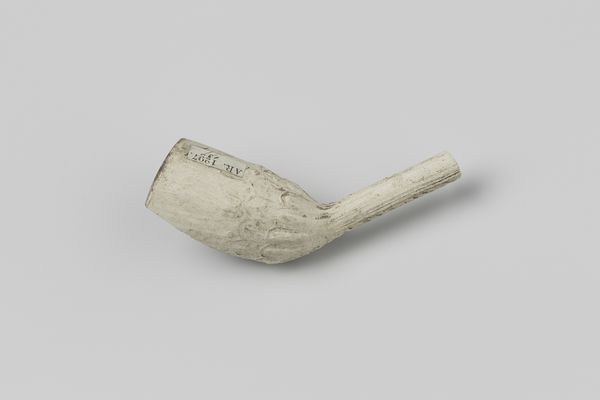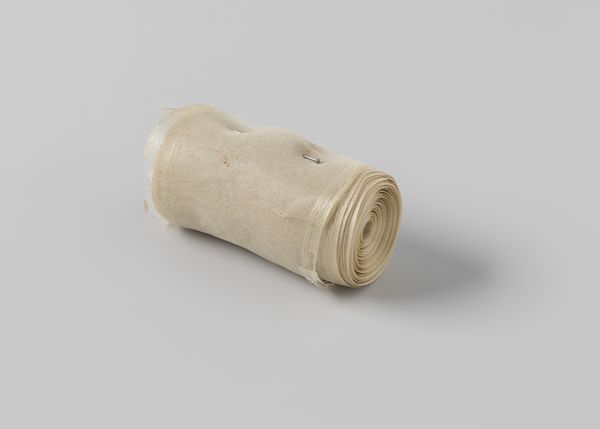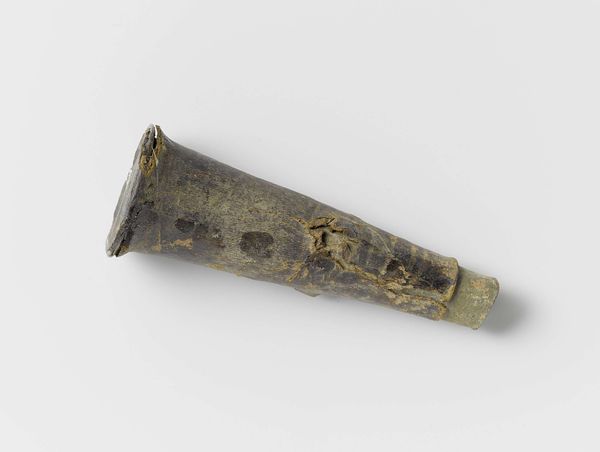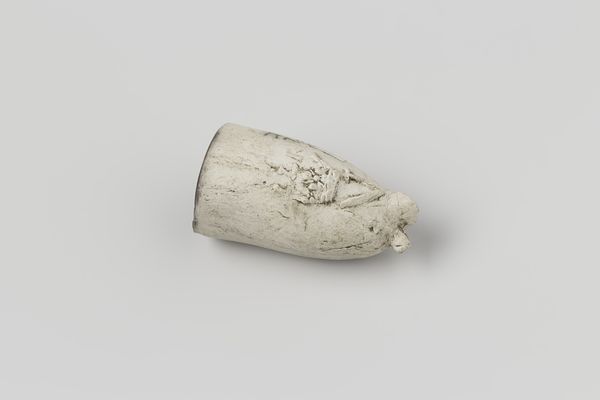
ceramic
#
baroque
#
ceramic
#
stoneware
#
ceramic
Dimensions: height 9.0 cm, width 5.8 cm
Copyright: Rijks Museum: Open Domain
Editor: Here we have a stoneware piece, crafted by Zacharie Neau in 1751: it’s a cover for a walking stick knob. There's something so curious about preserving even the smallest parts of daily life. How would you interpret the cultural value of something like this? Curator: The beauty of Baroque is how objects, even mundane ones, reflect societal structures and the individual’s role. Walking sticks were status symbols, signifying respectability and affluence. So, this ceramic cover…it elevates that symbol. Editor: Right, making it even fancier! Like jewelry for your cane! What does its survival say about how later generations valued that era's emphasis on status? Curator: Precisely. Think about the public function of Baroque art: theatrical, visually arresting, a demonstration of power, but even for everyday items. Museums preserve objects precisely to allow conversations around public life in earlier periods. Does this make you reconsider how everyday objects function politically? Editor: Totally. I was focused on this cover as pretty craftsmanship, but seeing how walking sticks signaled status in society makes me view it very differently. Curator: It's about what the object *does,* symbolically, in the social theater, isn't it? Preserving that idea by valuing the stoneware becomes political in itself. Editor: Thanks! I’ll definitely look closer now at ordinary art. Curator: Indeed, look closer at Baroque and see how power speaks even when quietly protected.
Comments
No comments
Be the first to comment and join the conversation on the ultimate creative platform.
